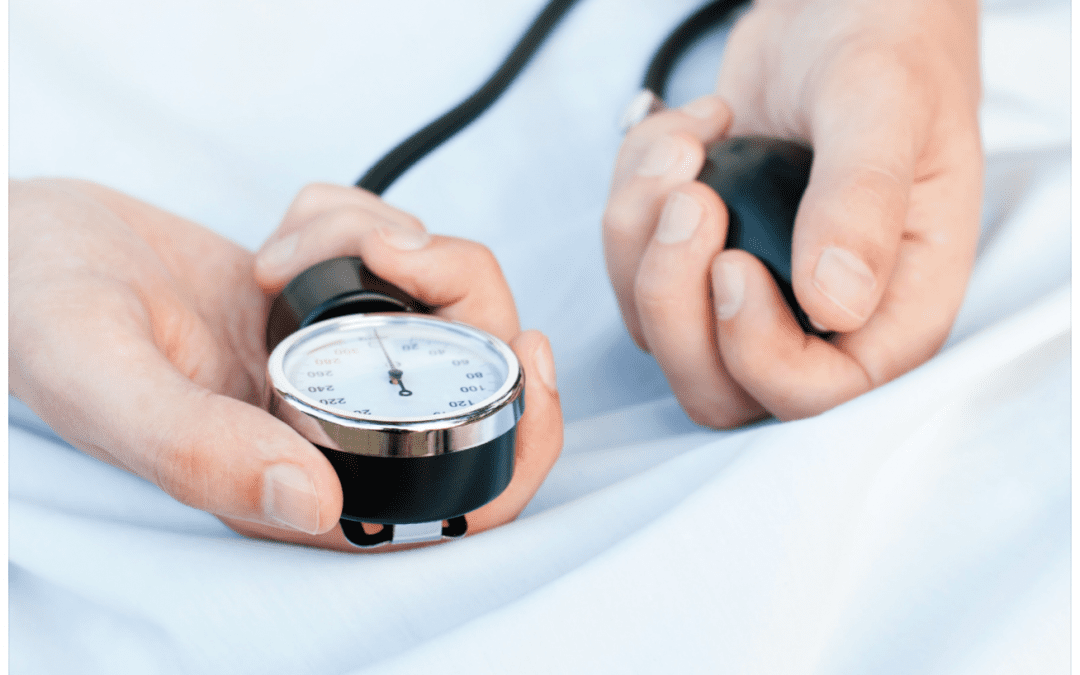The Blog
What really is blood pressure, what does it mean and how is it read?

What is blood pressure?
Blood pressure (BP) reflects the maximum amount of pressure within your large arteries when the main pumping chamber of the heart (the left ventricle) contracts and relaxes. Blood pressure is usually measured by inflating a cuff around the upper arm and the reading is presented as two numbers, for example: 120/80. The top number, also known as systolic blood pressure, is the amount of pressure in your arteries when your heart contracts. Systolic blood pressure is more sensitive to change, and can increase due to caffeine intake, smoking or alcohol consumption and psychological stress. The bottom number, also known as diastolic blood pressure, is the amount of pressure in your arteries when your heart relaxes.
What is high blood pressure?
In 2014-15, 34% of Australian adults reported high blood pressure1 and currently it accounts for the third highest disease burden in Australia.2 Consistently high blood pressure is referred to as hypertension, which is a major but modifiable risk factor for developing cardiovascular disease.1 When your blood pressure is consistently high, it causes damage to the main pumping chamber of the heart and the lining of your blood vessels. If not well managed with medication and lifestyle change, hypertension can increase the risk of stroke, cardiovascular disease, chronic kidney disease and chronic heart failure.2,3
What happens to my blood pressure during exercise?
Systolic blood pressure typically increases with exercise, in contrast to diastolic blood pressure which usually drops slightly or remain relatively unchanged.4 After exercise, both systolic and diastolic blood pressure usually decrease, as your blood vessels dilate. This is one of the primary reasons why regular exercise is essential to assist in the management of high blood pressure. The latest evidence recommends a combination of regular aerobic and strength training for optimal blood pressure management,1 and even small reductions in blood pressure can reduce the risk of death due to cardiovascular disease or stroke and stroke by up to 14%.1
If you are interested in finding out how you can manage your high blood pressure with exercise, book in to see one of our Accredited Exercise Physiologists today.
References
- Sharman J., Smart N., Coombes J. & Stowasser M. Exercise and Sport Science Australia Position Stand Update on Exercise and Hypertension. Journal of Human Hypertension (2019). https://doi.org/10.1038/s41371-019-0266-z
- Heart Foundation. Blood Pressure and Your Heart. https://www.heartfoundation.org.au/Heart-health-education/Blood-pressure-and-your-heart.
- Exercise is Medicine. Hypertension and Exercise (2011).
- Schultz et al. Blood Pressure Response to Exercise and Cardiovascular Disease. Current Hypertension Reports (2017). DOI 10.1007/s11906-017-0787-1.
